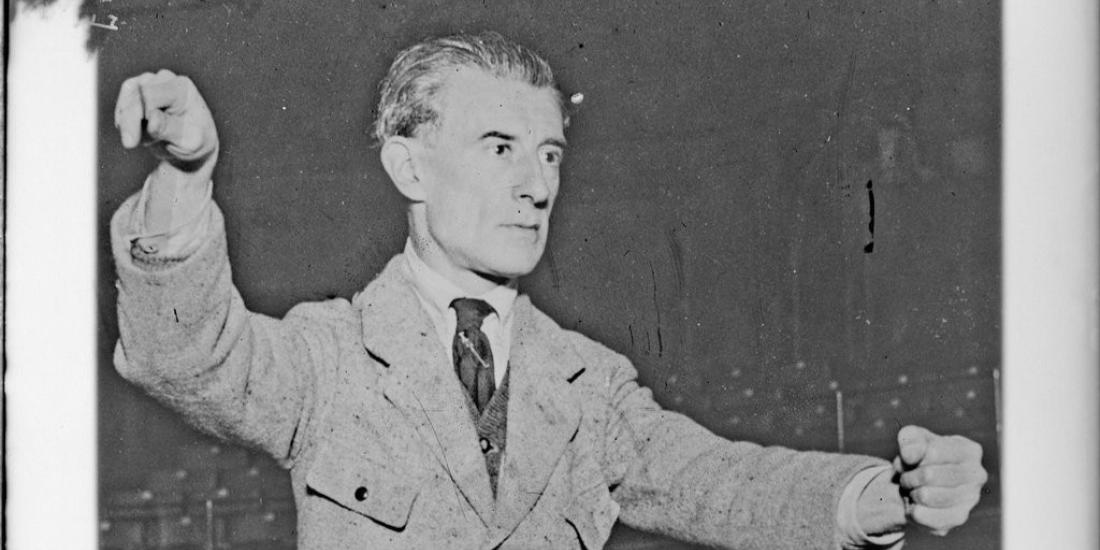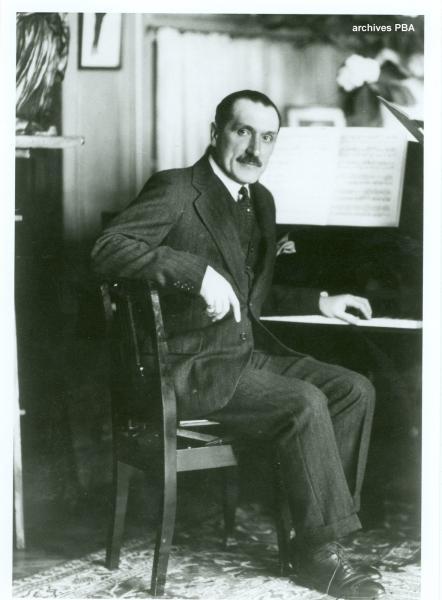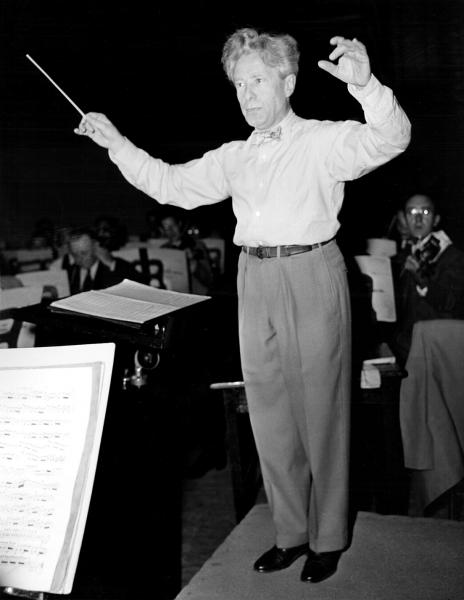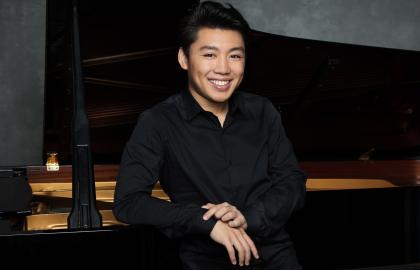Other than a trip on a friends' river yacht in 1905, during which he visited the World's Fair in Liège, it takes until January 1921 to meet Maurice Ravel (1875-1937) in Belgium. He is in Brussels for the first time for the first of 14 performances of his opera L'Heure espagnole at La Monnaie. Also present: Henry Le Boeuf, pivotal figure in the founding of the Palais des Beaux-Arts. Under his pseudonym Henry Lesbroussart, he writes a review of the concert:
The musical commentary, tenuous enough never to cover up the story or alter its intention, supports it, enlightens it, embellishes it and even helps it, so to speak, while adding to this simple action an exquisite atmosphere of intimacy and luminous freshness.
Ravel's piano and chamber music had been attracting interest in Brussels since the early 20th century, notably within La Libre Esthétique, but it was only with the performances of his orchestral works that Ravel increasingly frequented our capital. Albert Zimmer, a pupil of Eugène Ysaÿe, organises a Festival Ravel in 1922, but is informed by Ravel that he unfortunately cannot attend and that he compliments the programme (this letter is available digitally at KBR). Conductor and violinist Désiré Defauw also organises popular concerts in Brussels and is a big Ravel fan. The first occasion on which Defauw is able to engage the composer is a Festival Ravel in 1923 at the Théâtre du Marais; the Palais des Beaux-Arts with its Henry Le Boeuf hall does not open its doors until five years later. Ravel conducts his Introduction et Allegro and Shéhérazade there. In 1924, Ravel again accepted an invitation from Defauw and accompanied the musician from Ghent in Tzigane, among other chamber music.
In the year 1926, Ravel stayed in Brussels no less than three times. He was decorated with an Order of Leopold after a performance of L'enfant et les sortilèges at La Monnaie, he again conducted in a ‘concert Defauw’ and played his Chansons madécasses for the work's commissioner, American patron Elisabeth Sprague Coolidge. The Brussels audience charmed him:
Over there (in Brussels), people wait for the end of the performance and applaud endlessly. Here (in Paris), they whistle, they applaud, they mewl, they ... non-stop
A highlight of Bozar's rich history is when Ravel conducts his world-famous Boléro on our stage. From 7 March 1931, he was in Brussels for a new Festival Ravel. Unfortunately, a recording of that memorable evening does not exist, but this recording from the same year, with Ravel as conductor, speaks for itself.
Ravel visits the city of Hergé and Magritte one last time in 1931, as a guest of Queen Elisabeth and King Albert I. At the conservatory, he conducts his brand-new Piano Concerto in G with Marguerite Long as soloist. She also takes part in a tribute concert in November 1938, a year after Ravel's death. He was 62 and left behind a compact but versatile and fantastic oeuvre. His music still echoes around the Zenne.






